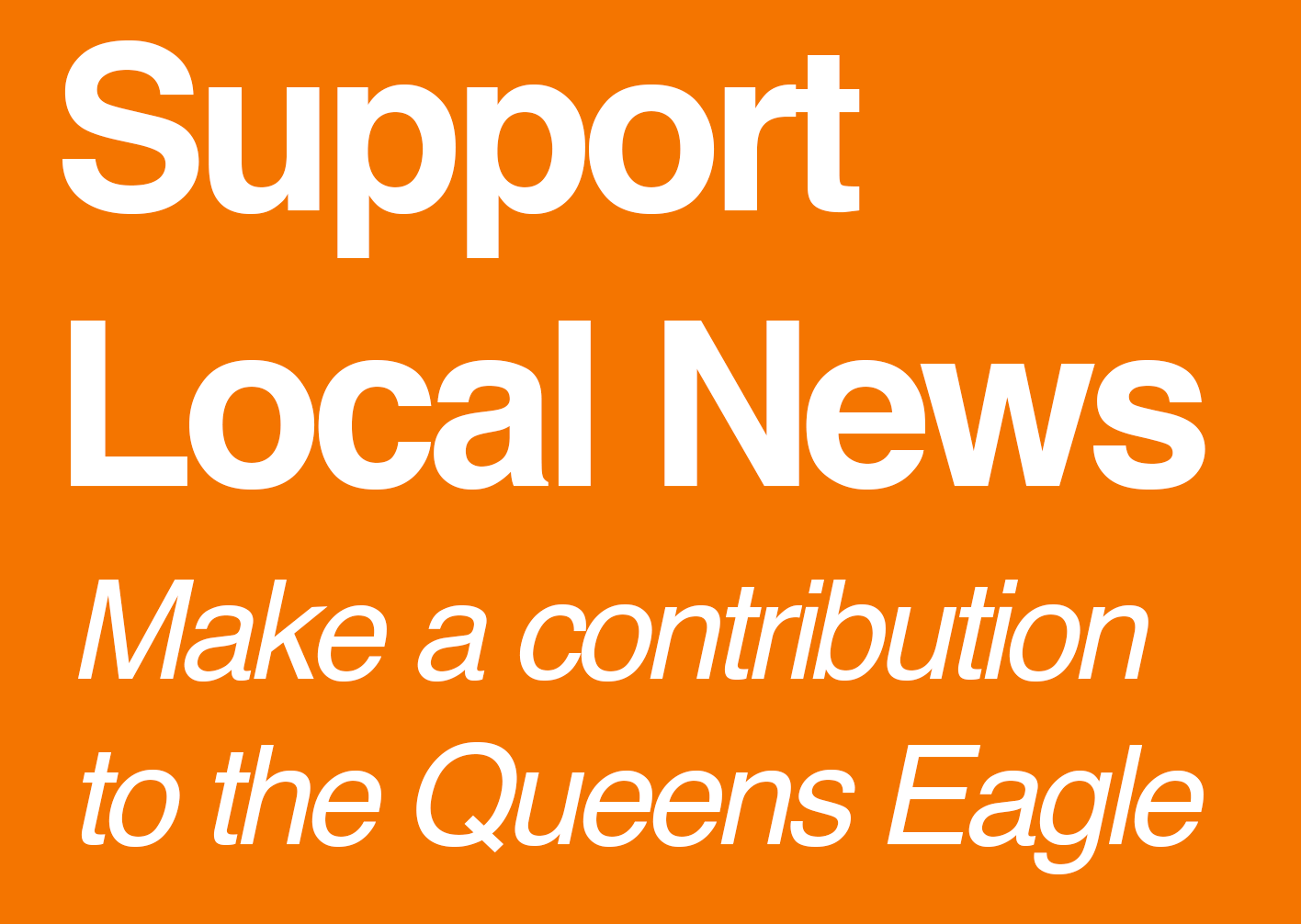Did you feel it?: Earthquake shakes up a quiet Friday morning in NYC
/A 4.8 magnitude earthquake in New Jersey was felt throughout Queens on Friday morning. Screenshot via United States Geological Survey
By Ryan Schwach
Friday got off to a shaky start in Queens and throughout the Northeast when a 4.8 magnitude earthquake rumbled through the region shortly after 10 a.m.
The earthquake, which was the highest magnitude quake the area has felt in more than a decade, resulted in no injuries or serious infrastructure damages in the state, but nonetheless threw New Yorkers for a loop.
According to the United States Geological Survey, the 4.8 magnitude earthquake struck at 10:23 a.m. and originated in Lebanon, New Jersey, around 60 miles from Queens Borough Hall.
Although New York and the eastern seaboard are not generally hit by earthquakes, they do still occur, and the 4.8 magnitude was higher than generally felt.
According to the outlet THE CITY, the quake likely centered the Ramapo Fault Line in Northern New Jersey.
Following the 4.8 magnitude earthquake on Friday morning, city and state officials including Governor Kathy Hochul, stated there was no damage or injuries reported on account of the quake. Photo by Mike Groll/Office of Governor Kathy Hochul
Although no one was hurt, tremors were felt up in New England and further east out on Long Island.
While not common for New York, city and state officials said that they were prepared for the unpredictable seismic event.
“We are masters of disaster, we know how to handle this,” said Governor Kathy Hochul, who called it “one of the largest earthquakes on the East Coast to occur in the last century.”
“We are always ready,” she said.
Director of State Operations Kathryn Garica said there were no reports of damage in the Empire State, but that officials were closely monitoring aftershocks.
Later in the afternoon, Hochul said that there were three smaller aftershocks felt in the New York region, including a 1.8 magnitude at 12:31 p.m., 2.0 magnitude at 1:14 p.m., and 2.0 magnitude around 3 p.m.
“Aftershocks of these sizes are normal and are not expected to cause further damage,” Hochul said.
There were also ground stops at John F. Kennedy Airport, but none at LaGuardia Airport, due to its more recent renovations, officials said.
Hochul also said that the state was taking the situation seriously, but there were “high levels of anxiety” surrounding earthquakes after the 7.2 earthquake – nearly thirty times stronger than a 4.8 – killed around nine people in Taiwan earlier this week.
At the city level, Mayor Eric Adams remarked he didn’t himself feel the shake at Gracie Mansion but said New Yorkers were safe from any major issues.
“We do not have any reports of major impacts to our infrastructure or injuries,” he said at a briefing at noon. “But of course, we're still assessing the situation, and we'll continue to update the public.”
Office of Emergency Management Commissioner Zach Iscol said that injuries should be directed to 911, and infrastructure damages reported to 311.
“We do remain vigilant and we ask all New Yorkers to remain vigilant as well,” said Iscol. “We activated our protocols for this earthquake. We immediately started coordinating with all city, state, federal and our utility partners.”
Iscol said that public notifications were sent out, but New Yorkers made light of the loudly buzzing alerts that came hours after most had already felt the effects of the quake.
On social media media, Queens residents reported shaking buildings, and feeling the tremors from Astoria down to the Rockaways.
Queens Borough President Donovan Richards said his office was monitoring the borough throughout the day.
“We’re really moving and shaking here in Queens, in more than one way,” the BP said in a tweet.
The last time New York felt this strong an earthquake was 2011, when a 5.8 earthquake with an epicenter in Virginia was felt throughout the east coast.
That earthquake did cause some damage to the region.
This is actually the second noticeable earthquake that Queens and New York city residents have felt so far this year.
On Jan. 2, a 1.7 “microearthquake,” which is usually not felt by people but recorded on seismographs, occurred just before 6 a.m. and caused damage on Roosevelt Island and felt in areas of Astoria.
In other more recent events, Queens residents felt earthquakes with a magnitude over two twice in 2001, once in January and once in October, both of which were felt in the Astoria and Long Island City neighborhoods.





